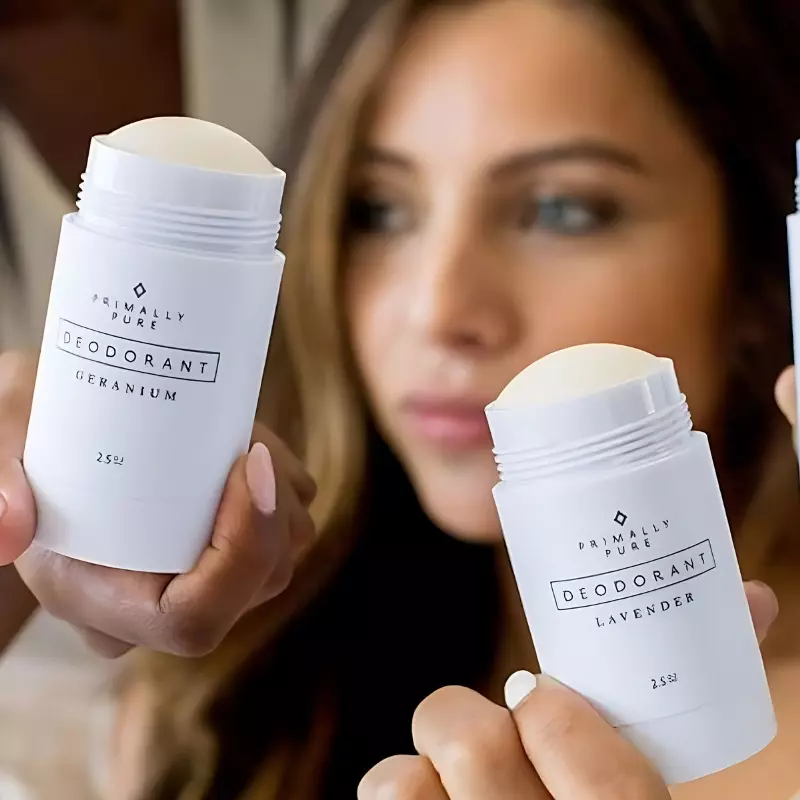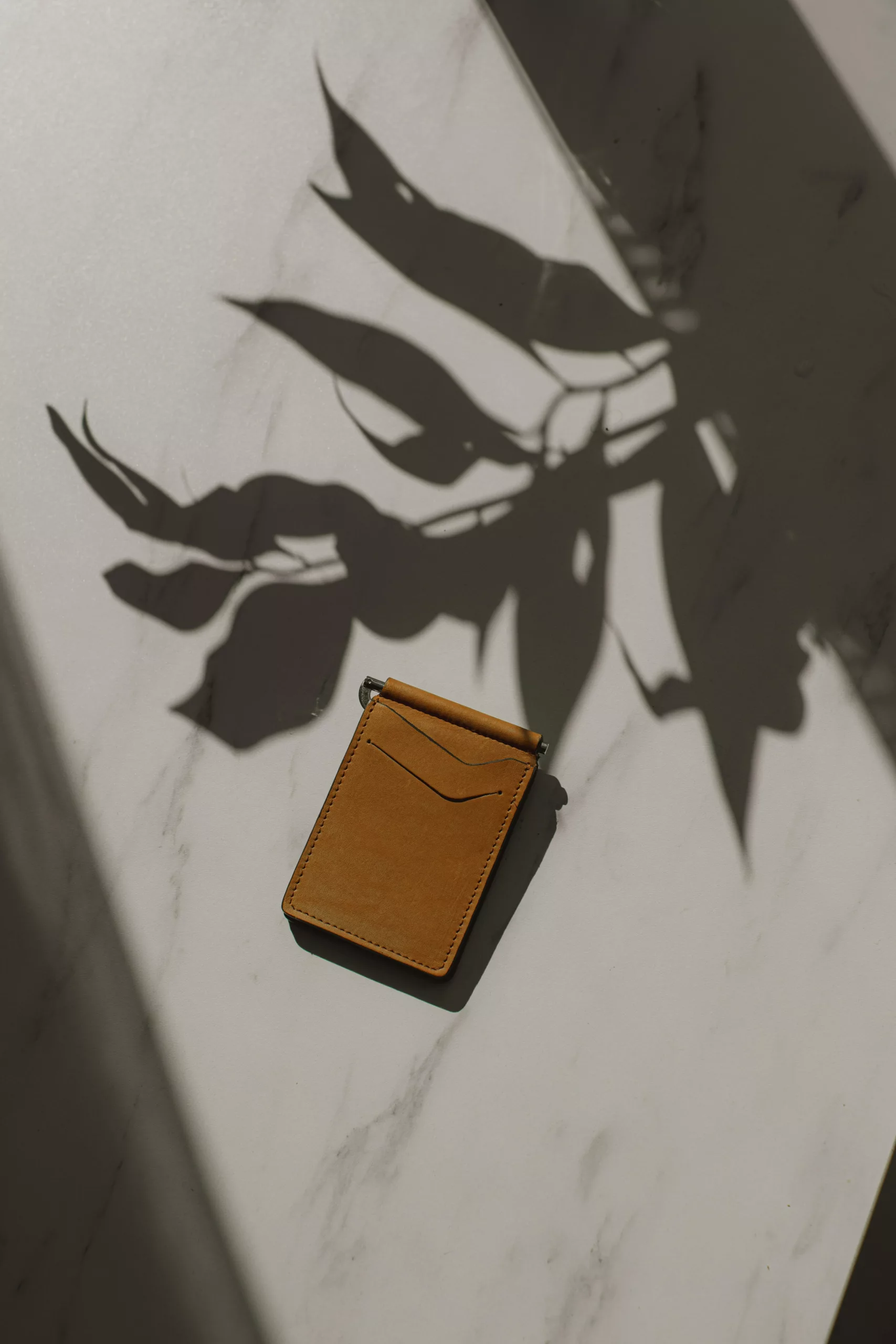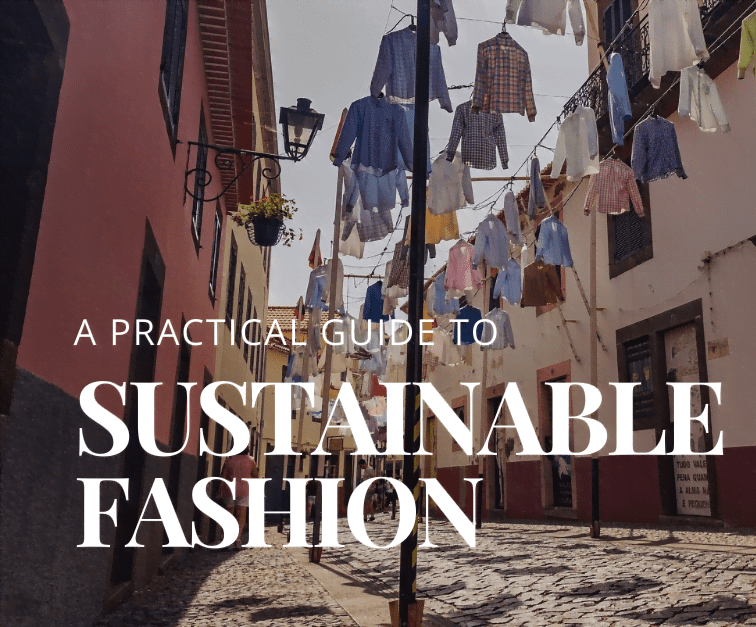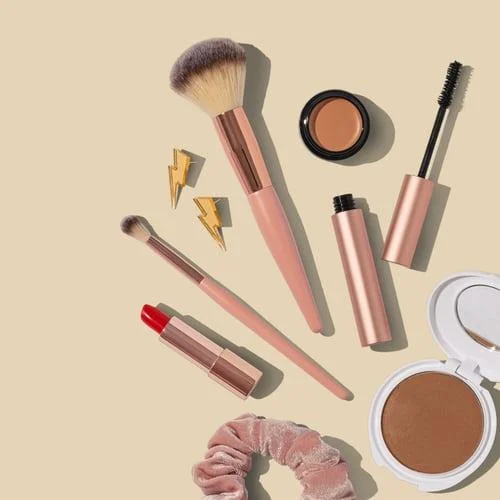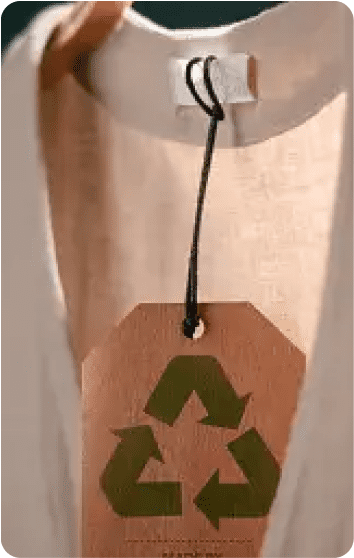Hemp is a versatile and sustainable textile that has gained popularity in recent years, especially in the realm of clothing. Derived from the cannabis plant, hemp clothing offers many benefits, making it an attractive option for environmentally conscious consumers.
One of the key advantages of hemp as a textile is its sustainability. Hemp plants require minimal water and pesticides to grow, making them more environmentally friendly compared to other crops used for textiles. Hemp clothing is renowned for its durability, ensuring long-lasting and resilient wear that withstands the test of time. This durability reduces the need for frequent replacements, ultimately reducing waste and promoting a more sustainable fashion industry.
In online shopping, the availability of hemp clothing online has made it more accessible to consumers worldwide. With a simple search for “hemp clothing online,” individuals can find a variety of retailers offering hemp-based garments, including those in India. This accessibility allows for greater consumer choice and contributes to the growing demand for sustainable fashion options.
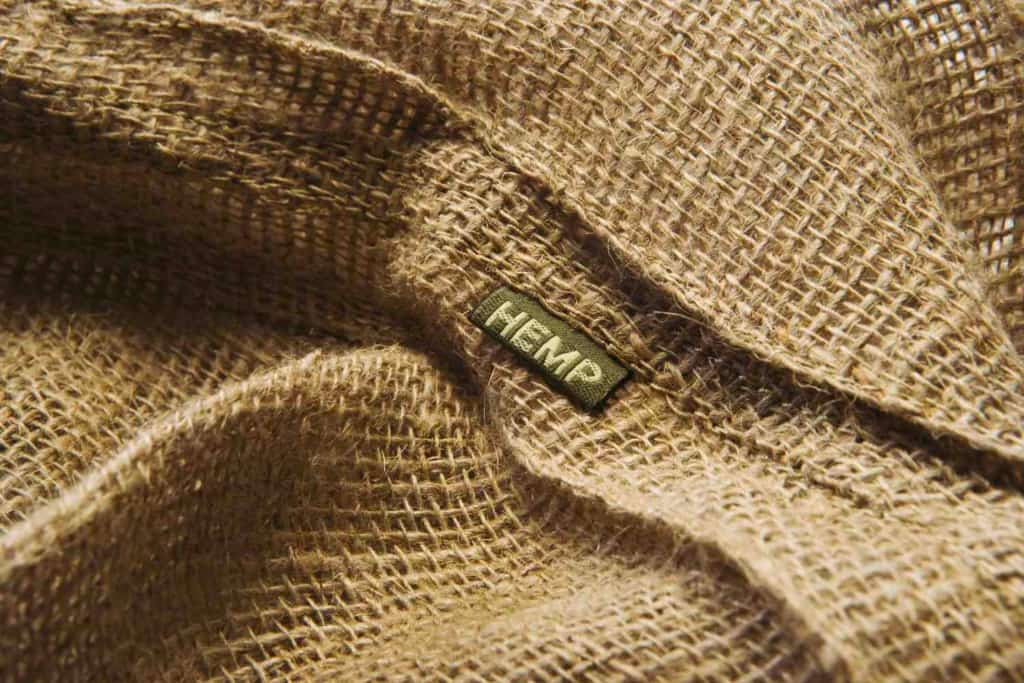
What is Hemp Clothing?
Hemp clothing refers to garments made from fibers derived from the hemp plant, Cannabis sativa. For centuries, hemp has been cultivated by people for its incredibly strong and versatile fibers, capable of producing a wide range of textiles and fabrics.
Hemp fibers are known for their durability and strength, making hemp clothing highly resistant to wear and tear. The fabric has a natural ability to soften with each wash while retaining its shape and integrity, resulting in long-lasting garments. Hemp clothing is often praised for its longevity, meaning it can withstand frequent use and maintain its quality.
In terms of comfort, hemp clothing offers several benefits. The fibers have inherent breathability, allowing air to flow through the fabric and promoting ventilation. This quality helps keep the wearer cool and comfortable, making hemp clothing suitable for warm climates or active lifestyles. Hemp has moisture-wicking properties which effectively draw sweat away from the body and keep the skin dry.
Environmental Benefits of Hemp Clothing
Hemp clothing offers a range of environmental benefits that make it a sustainable and eco-friendly choice for conscious consumers. Here are some key advantages.
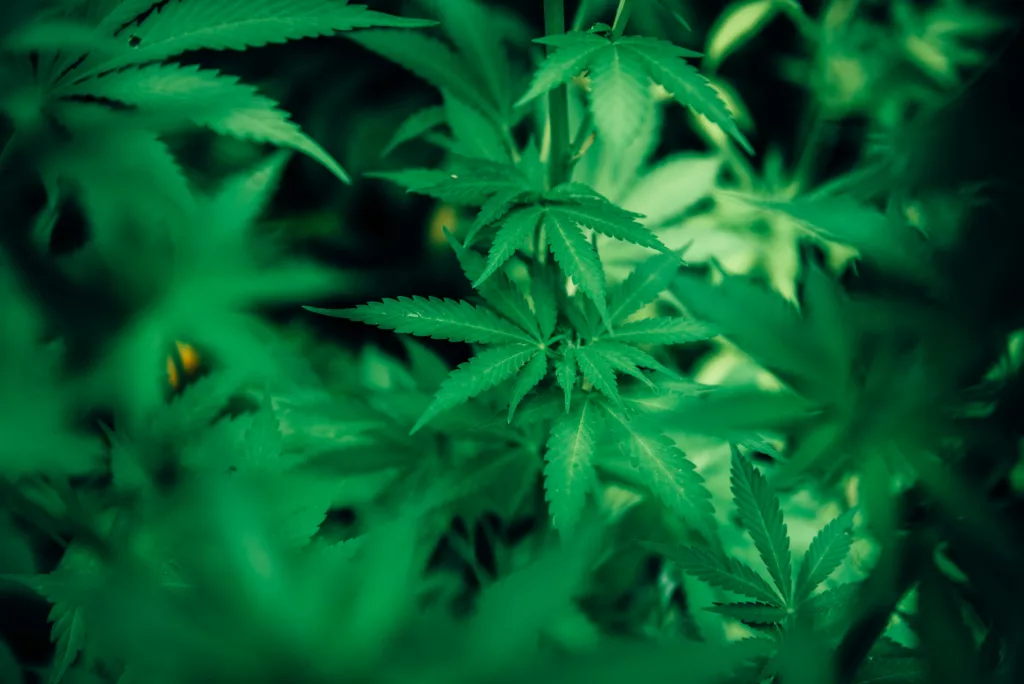
- Renewable and Fast-Growing
Hemp is a highly renewable resource that grows quickly with no excess water, pesticides, or fertilizers. You can harvest it within 4-6 months, compared to other crops like cotton which can take several years.
- Minimal Chemical Use
Hemp plants naturally resist pests, reducing the need for chemical pesticides. Hemp fibers are naturally more resistant to mold, mildew, and UV rays, reducing the need for chemical treatments during processing.
- Soil Regeneration
Hemp has a unique ability to absorb high amounts of carbon dioxide from the atmosphere through photosynthesis. Its deep roots help prevent soil erosion and promote soil health by aerating and replenishing nutrients, making it an excellent rotational crop.
- Water Conservation
Compared to cotton, hemp requires significantly less water to grow. It can thrive in a variety of climates and can be cultivated with minimal irrigation. By choosing hemp clothing, individuals can reduce their water footprint and contribute to water conservation efforts.
- Biodegradable and Sustainable
Unlike synthetic fibers such as polyester, hemp fibers are biodegradable, naturally decomposing over time, making them an environmentally-friendly choice. This quality reduces the environmental impact of clothing waste and reduces landfill space.
- Versatile and Durable
The exceptional durability and strength of hemp fabrics ensure that hemp clothing surpasses other materials in terms of longevity and lifespan. This reduces the need for frequent replacements, leading to fewer resources consumed overall.
Fabric Comparison: Hemp vs. Cotton, Polyester, and Synthetic Materials
In the realm of fabrics, hemp emerges as a standout choice when compared to commonly used materials like cotton, polyester, and synthetic fibers. This section delves into the unique advantages of hemp in terms of sustainability, durability, comfort, and environmental impact.
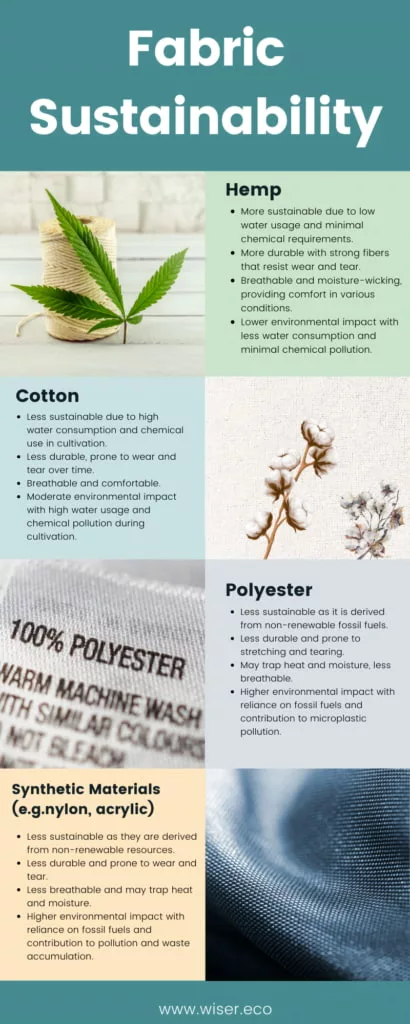
Cotton
Sustainability: Hemp is more sustainable than cotton because it requires significantly less water to grow. Cotton is known for its high water consumption, which puts a strain on water resources.
Durability: Hemp clothing is more durable than cotton garments. Hemp fibers are stronger and more resistant to wear and tear, resulting in longer-lasting clothing.
Comfort: Hemp clothing offers similar comfort to cotton. Both fabrics are breathable and provide good ventilation.
Environmental Impact: Hemp has a lower environmental impact compared to conventional cotton. Hemp cultivation requires fewer pesticides and fertilizers, reducing chemical pollution.
Polyester
Sustainability: Hemp is a more sustainable option compared to polyester, which is a synthetic fabric derived from petroleum. Hemp is a renewable resource, while the production of polyester involves the use of non-renewable fossil fuels.
Durability: Hemp clothing is generally more durable than polyester garments. Hemp fibers are stronger and have better resistance to stretching and tearing.
Comfort: Hemp and polyester fabrics have different comfort properties. Hemp is breathable and moisture-wicking, offering better comfort in terms of temperature regulation. Polyester may trap heat and moisture, leading to discomfort in certain conditions.
Environmental Impact: Hemp has a lower environmental impact compared to polyester. Polyester production involves the use of fossil fuels, releases greenhouse gases, and contributes to microplastic pollution.
Synthetic Materials (e.g., nylon, acrylic)
Sustainability: Hemp is considered more sustainable than synthetic materials. Synthetic fabrics are derived from non-renewable resources and require energy-intensive production processes, whereas hemp is a renewable resource.
Durability: Hemp clothing is generally more durable than synthetic materials. Hemp fibers are stronger and more resistant to wear and tear.
Comfort: Hemp fabric offers better breathability and moisture-wicking properties compared to most synthetic materials. Synthetic fabrics can often feel less comfortable and trap heat and moisture.
Environmental Impact: Hemp has a significantly lower environmental impact compared to synthetic materials. Synthetic fabrics are derived from fossil fuels and are non-biodegradable, contributing to environmental pollution and waste accumulation.
By understanding how hemp outshines its counterparts, we can make informed decisions in favor of a greener and more responsible approach to clothing. From its reduced water consumption and enhanced durability to its breathability and eco-friendly cultivation methods, hemp clothing offers a compelling option for those seeking both style and sustainability.
Unlock Your Savings with Exclusive Offer Coupons
Save big while shopping for sustainable products! Grab your exclusive coupons today!

Fashion and Style with Hemp Clothing
Hemp clothing is not only environmentally friendly but also offers various fashion and style benefits that make it a versatile and appealing choice for fashion-conscious individuals. Here are some key points highlighting the fashion and style aspects of hemp clothing.
- Texture and Appearance
Hemp fabric has a unique texture and appearance that sets it apart from other materials. It has a natural, earthy feel with a slightly coarse texture that gives it character. Hemp clothing often has a distinctive look, lending a touch of rustic charm to outfits. This textured aesthetic adds a sense of uniqueness and individuality to your style.
- Versatility
You can blend hemp fabric with other fibers like cotton, silk, or wool to create different textures and qualities. This versatility allows for a wide range of clothing options, from lightweight and breathable summer garments to thicker, warmer pieces for cooler seasons. Hemp seamlessly blends with other materials, amplifying their inherent properties while retaining the advantageous characteristics of hemp itself.
- Softness and Comfort
Contrary to common misconceptions, hemp fabric can be incredibly soft and comfortable. As it undergoes wear and washing, hemp fibers become softer, creating a luxurious and cozy feel. This makes hemp clothing a pleasure to wear, providing comfort throughout the day.
- Breathability and Moisture Absorption
Hemp fabric is renowned for its outstanding breathability and moisture-wicking properties, ensuring optimal comfort in various conditions. It allows air to circulate freely, keeping the body cool and comfortable even in warm and humid conditions. The fabric absorbs moisture from the skin and releases it quickly, preventing the buildup of sweat and maintaining a fresh feel.
- Durability and Longevity
Hemp clothing is widely recognized for its remarkable durability and long-lasting quality. Hemp fibers are exceptionally strong, making garments resistant to wear and tear. They can withstand repeated washings, keeping their shape and color. Investing in hemp clothing ensures that you have long-lasting pieces in your wardrobe, reducing the need for frequent replacements.
- Style and Design
Hemp clothing is available in a variety of styles and designs, catering to different fashion preferences. From casual t-shirts and jeans to elegant dresses and suits, hemp offers versatility in terms of both casual and formal wear. As the demand for sustainable fashion increases, designers are incorporating hemp into their collections to offer stylish and trendy options for eco-conscious consumers.
Common Misconceptions about Hemp Clothing
Several misconceptions have surrounded hemp clothing over the years. Let’s address some of the most common ones.
- Rough and Scratchy
One of the primary misconceptions about hemp clothing is that it is rough and scratchy. While it’s true that hemp fabric can have a slightly coarse texture, it softens with wear and washing. Over time, the fibers become more supple and comfortable, offering a soft and pleasant feel against the skin. Blending hemp with other fibers can further enhance its softness and improve overall comfort.
- Limited Style Options
Another misconception is that hemp clothing only offers a limited range of styles. In reality, hemp is a versatile material. This allows for a wide variety of clothing styles, from casual t-shirts and jeans to elegant dresses and tailored suits. As sustainable fashion gains popularity, designers are increasingly incorporating hemp into their collections, offering stylish and fashionable options for all tastes.
- Restricted Color Choices
Some people believe that hemp clothing is only available in earthy, natural tones and lacks vibrant colors. However, you can dye in a wide range of shades, just like any other fabric. With advancements in dyeing techniques, hemp clothing is now available in diverse color palettes, allowing for creative and colorful fashion choices.
- Illegal or Related to Marijuana
There is often confusion between hemp and marijuana because of their shared botanical classification. However, hemp used in clothing production is specifically cultivated for its fibers and contains extremely low levels of THC (the psychoactive compound found in marijuana). Hemp clothing is legal and does not have any mind-altering effects. It is important to differentiate between industrial hemp, used for textiles, and marijuana, which is a different strain cultivated for its psychoactive properties.
- Limited Durability
Some people assume that hemp clothing is not as durable as other fabrics. Hemp fibers are exceptionally strong and durable. Hemp clothing can withstand frequent use and washing without losing its shape or color, making it a long-lasting and sustainable choice.
- Difficult to Care for
Another misconception is that hemp clothing requires special care. In reality, hemp fabric is easy to care for. Most hemp garments are machine washable and you can dry them in low heat. They do not require any special treatment or elaborate care instructions. With proper care, hemp clothing can retain its quality and longevity, ensuring it remains in excellent condition for an extended period.
By dispelling these misconceptions, hemp clothing is a viable and fashionable option that offers comfort, durability, style, versatility, and environmental benefits. It’s essential to approach hemp clothing with an open mind and experience its unique qualities firsthand.
The Future of Hemp Clothing
Hemp clothing’s future looks promising, as it continues to gain traction and recognition for its numerous benefits. Here are some trends and developments that show a bright future for hemp clothing.

- Sustainable Fashion Movement
The fashion industry is undergoing a significant shift towards sustainability, driven by consumer demand for eco-friendly and ethical clothing options. Hemp clothing aligns perfectly with this movement because of its renewable nature, minimal environmental impact, and biodegradability. As more people realize the harmful effects of fast fashion, the demand for sustainable alternatives like hemp clothing is expected to increase.
- Innovation in Textile Technology
Advancements in textile technology are opening up new possibilities for hemp fabric. Researchers and manufacturers are exploring ways to improve the softness, texture, and drape of hemp fibers to cater to a wider range of consumer preferences. Innovative techniques in dyeing and finishing are allowing for a broader spectrum of colors and designs in hemp clothing.
- Designer and Brand Collaborations
The collaboration between renowned designers and sustainable brands is helping to elevate the status of hemp clothing in the fashion industry. Designers are incorporating hemp fabrics into their collections, showcasing their versatility and aesthetic appeal. Such collaborations not only increase the visibility of hemp clothing but also drive innovation in design and promote sustainable fashion practices.
- Increased Availability and Accessibility
As the demand for hemp clothing grows, its availability and accessibility are also expanding. More companies are incorporating hemp into their product lines, offering a wider range of options for consumers. Online platforms and dedicated sustainable fashion stores are making it easier for individuals to find and purchase hemp clothing, further contributing to its popularity.
- Policy and Legal Developments
Changes in legislation and policies regarding hemp cultivation and production are also contributing to the future of hemp clothing. As governments recognize the economic and environmental benefits of hemp, they are revising regulations to support its growth. This creates opportunities for farmers to cultivate hemp, manufacturers to process it, and consumers to enjoy a broader range of hemp clothing options.
- Consumer Awareness and Education
Increasing awareness and education about the benefits of hemp clothing plays a vital role in its future. As consumers become more conscious of the environmental and social impacts of their fashion choices, they are actively seeking sustainable alternatives. Educating consumers about the advantages of hemp clothing, debunking misconceptions, and highlighting its positive attributes will continue to drive its popularity.
Final Word
In conclusion, hemp clothing offers a range of environmental benefits and is a sustainable and stylish choice for conscious consumers. It addresses key issues in the fashion industry, such as excessive water consumption, chemical pollution, and textile waste. With its renewable and fast-growing nature, minimal chemical use, soil regeneration properties, and water conservation advantages, hemp clothing helps to reduce the ecological footprint of the fashion industry.
Contrary to misconceptions, hemp clothing is not rough or scratchy but becomes softer and more comfortable. It provides versatility in terms of style and design, allowing for a wide range of fashion choices. Its breathability, moisture-wicking properties, and durability make it a practical and long-lasting option.
Make a sustainable choice today and embrace hemp clothing for a greener wardrobe. Visit Ecowiser, your one-stop destination for stylish and eco-friendly hemp clothing. Explore our collection and join the sustainable fashion movement. Together, let’s make a positive impact on the environment and create a more sustainable future.
Want to read more like this?
Get similar stories and a free sustainability checklist delivered to your inbox.

Like our content?
Get similar stories and a free sustainability checklist delivered to your inbox.



